Canada is world-renowned for stunning landscapes, vibrant multicultural cities, and a fascinating history.
Although the country is technically relatively young, it actually has a deep-rooted backstory in Indigenous societies, European exploration, and a series of intentional political transformations.
In this article, we’re going to dive into how Canada evolved into the nation it is today.
From its inception as a self-governing Dominion, to its eventual full independence, this timeline breaks down the layers that have created Canada as it’s known and seen today at home and abroad.
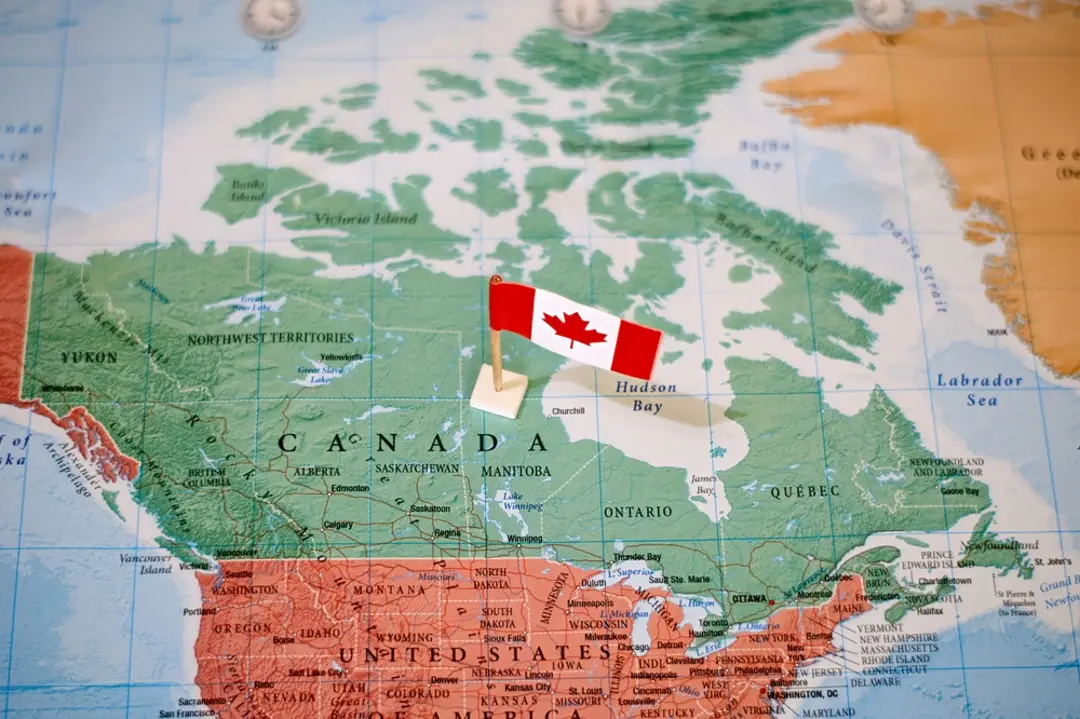
When Did Canada Become a Country
Canada became a country on July 1, 1867, when the provinces of Ontario, Quebec, Nova Scotia, and New Brunswick joined together to form the Dominion of Canada.
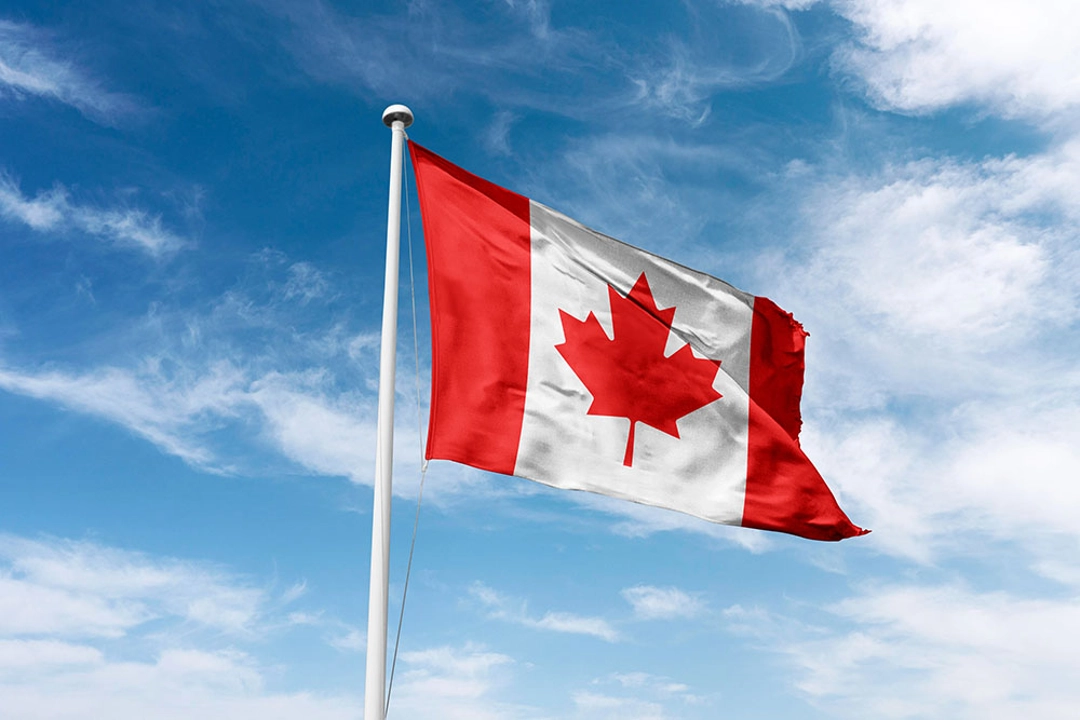
The Origin and Meaning of the Name “Canada”
The word “Canada” actually comes from the St. Lawrence Iroquoian word “kanata,” which means “village” or “settlement.”
Early European explorers must have heard the locals using “kanata” and began using that term to describe the land, assuming that was the name.
Over time, “Canada” began to represent a large territory and, hundreds of years later, it’s the country's official name.
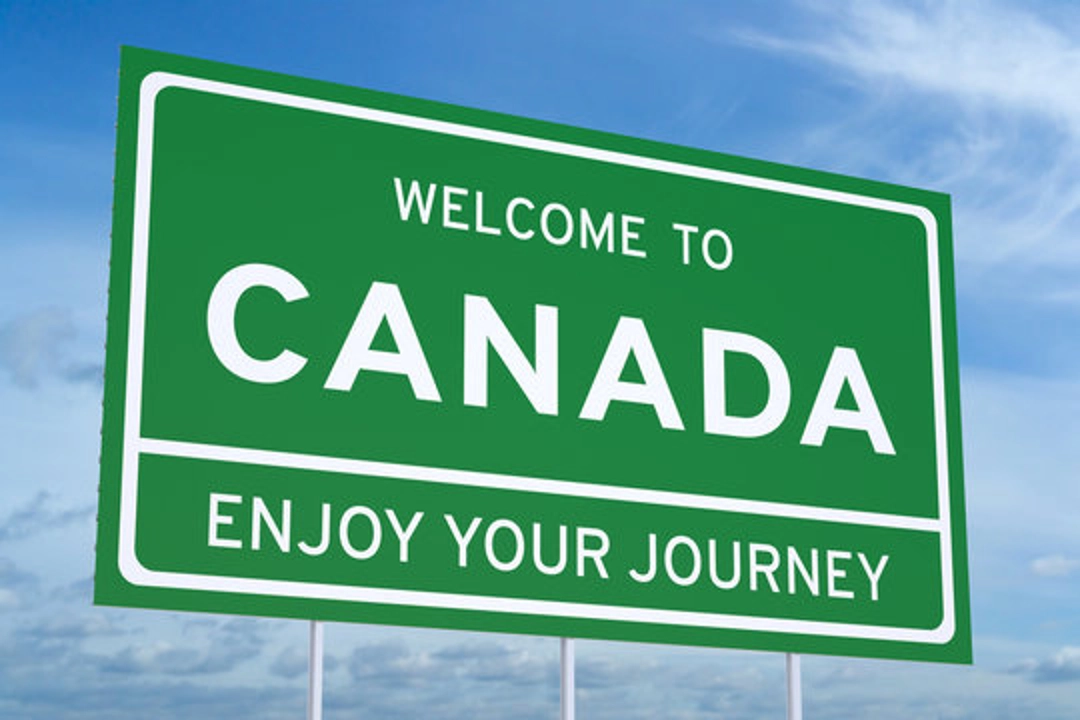
Canada’s Territory and Area
Canada is the second largest country on Earth, covering a huge 9.98 million square kilometers.
It spans all the way from the Atlantic Ocean in the east to the Pacific Ocean in the west and all the way up to the Arctic around the north.
There’s a large amount of diversity to be found here: dense forests, vast prairies, towering mountains, and the desolate, icy tundra.
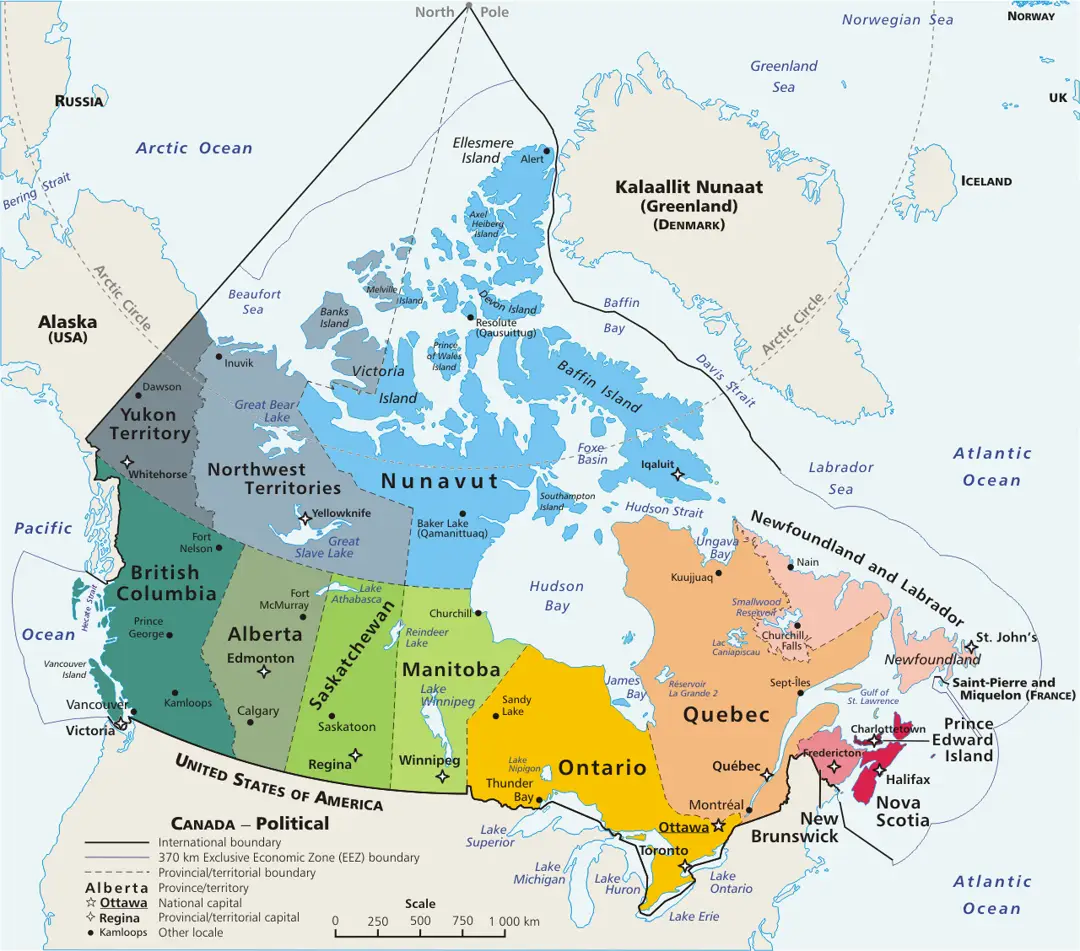
Canada is divided into 10 provinces and 3 territories, all of which have their own governments.
However, the provinces and territories operate under a federal system, which means they divide power with the central government.
This enables different regions to have a say in things while still being part of one nation.
A Brief History of Canada
Before 1500: Indigenous Societies and Cultures in Canada
From long before any explorers arrived on the continent, the area now known as Canada was made up of many diverse Indigenous peoples.
They were organized into communities, each with its own culture, language, and system of government.
They were all closely connected to the land and had complex and diverse knowledge in agriculture, wild life, natural Cures, and much more.
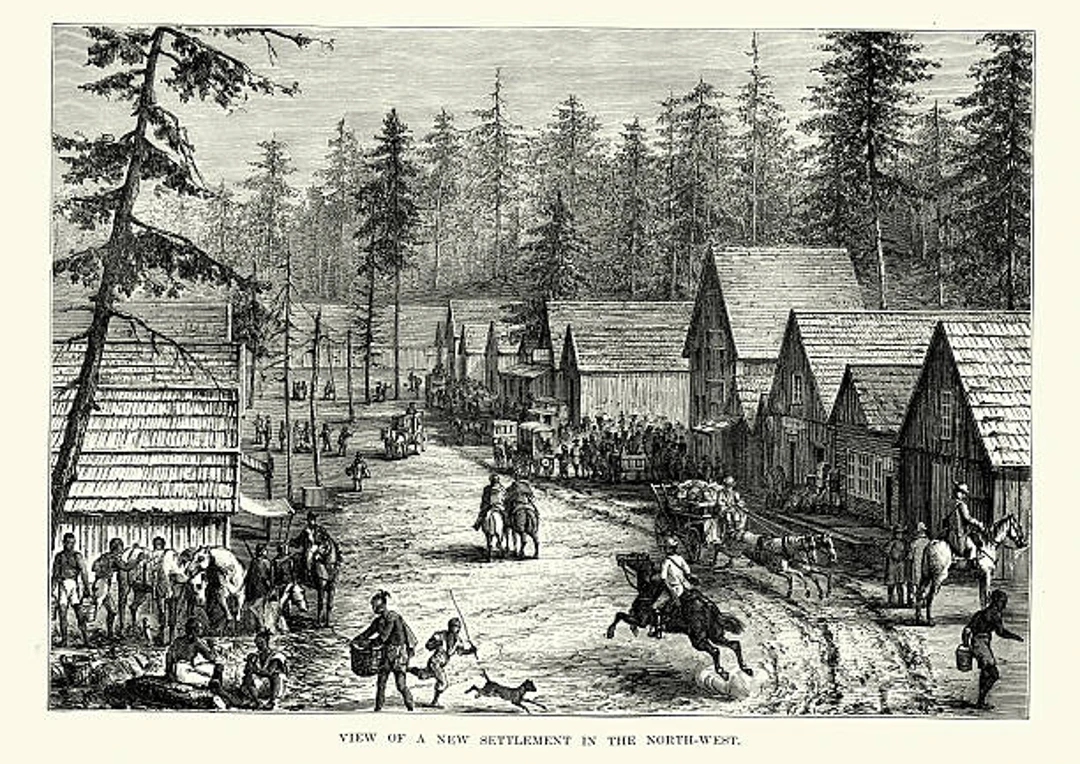
1500s–1700s: European Exploration and Early Colonial Rivalries
The appearance of European explorers in the 1500s was a major turning point in Canada’s history.
Figures such as Jacques Cartier and Samuel de Champlain pushed the boundaries of the known world, searching for new trade routes and territory. The French and the English fought over these lands, eventually building colonies and relationships with indigenous groups.
These encounters permanently changed the cultural balance of the region, as the ongoing struggles among the European powers would lay the groundwork for both conflict and cooperation.
1763 Treaty of Paris: Canada Under British Rule
The 1763 Treaty of Paris was a huge turning point as Canada was now under British rule, effectively ending French colonial ambitions in North America.
Britain would rule with a firm hand, reshaping the lands as it saw fit. This was when British governance began and when division and identity began to split and grow on the continent.
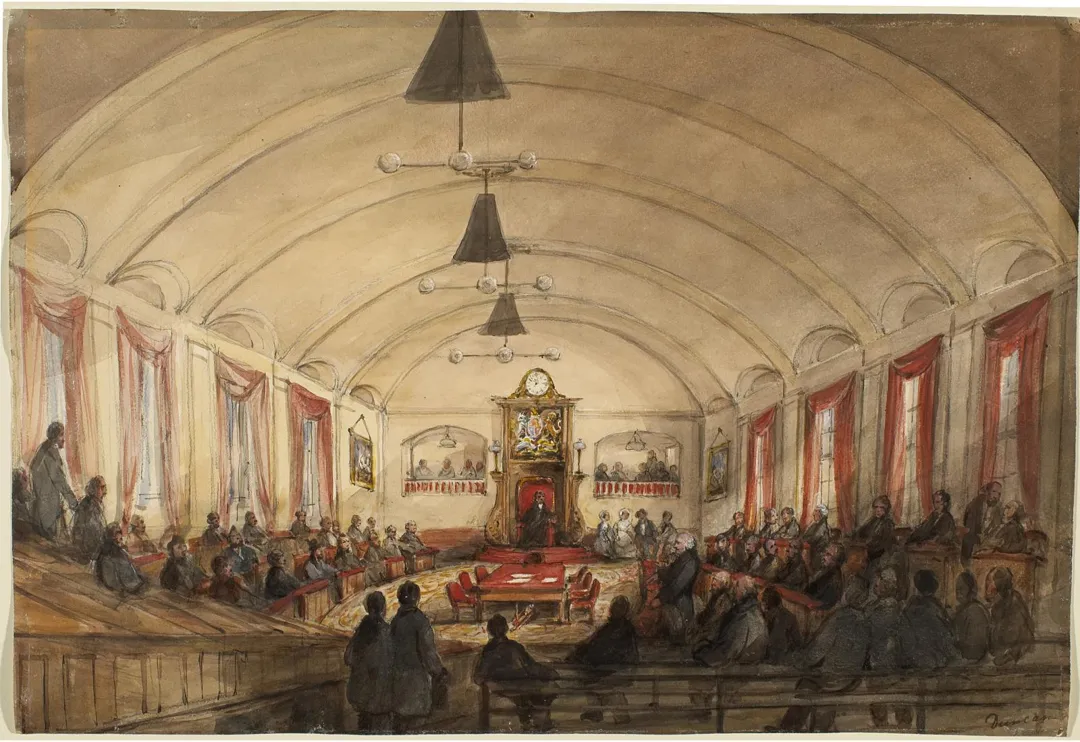
1867: Confederation and the Birth of Canada
When Canada became a confederated country on July 1, 1867, it was as if a novel had reached a key plot point.
Ontario, Quebec, Nova Scotia, and New Brunswick each became provinces of a united Dominion in the Roman numeral-laden British Empire.
More provinces would join as the years went on, and the Dominion expanded as the decades pass, but like the United States, pulling the original 4 provinces together was a real move to self-identify as a “nation.”
20th Century: Independence Milestones and Global Emergence
Fighting in both World Wars did wonders for Canada’s international reputation. The Statute of Westminster in 1931 was a major step, acknowledging Canada’s legislative autonomy.
The Constitution Act of 1982 was the finishing move for legal separation from Britain. This era redefined Canada on the world stage and set the stage for its role in today’s world.
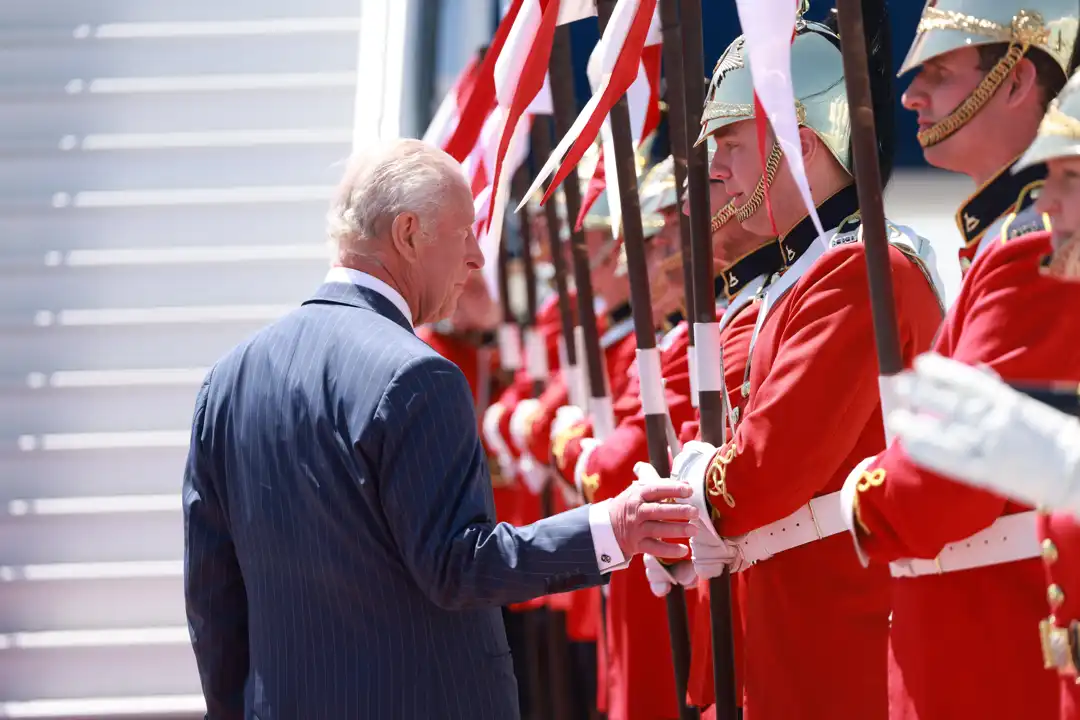
Indigenous Peoples of Canada
Diversity
Canada is composed of a great diversity of Indigenous cultures.
There are more than 600 recognized First Nations in Canada, each with its own traditions and customs.
This variety is more than just a statistic; it is a vibrant array of languages, beliefs, and practices.
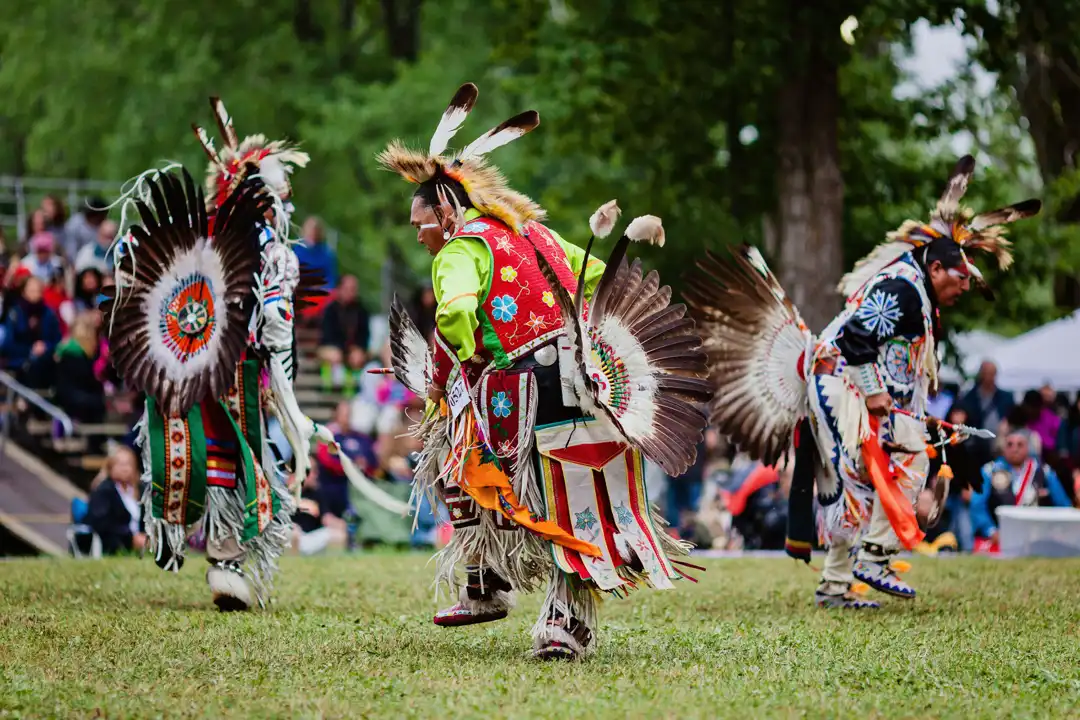
Cultural Contributions
The cultural contributions of Indigenous peoples in Canada are mind-blowing.
They’ve been sharing their beautiful oral traditions for millennia, from stories and histories to art: everything from amazing beadwork to towering totem poles to convey narratives.
And lest we forget, they have an intimate understanding of the land and ecosystems in it, which is becoming even more timely and useful as the world encounters environmental issues.
Canada’s Relations with Neighboring Areas
With United States
Canada has the world’s longest international boundary without defenses, spanning over 8,000 kilometers with the United States.
The border is specifically open by design to symbolize the strong, friendly relationship between both countries.
As each other’s largest trading partners, billions of goods and services are traded annually, part of that success coming from arrangements like the USMCA.
When it comes to matters of defense or the environment, they also join forces, demonstrating the importance of cooperation.
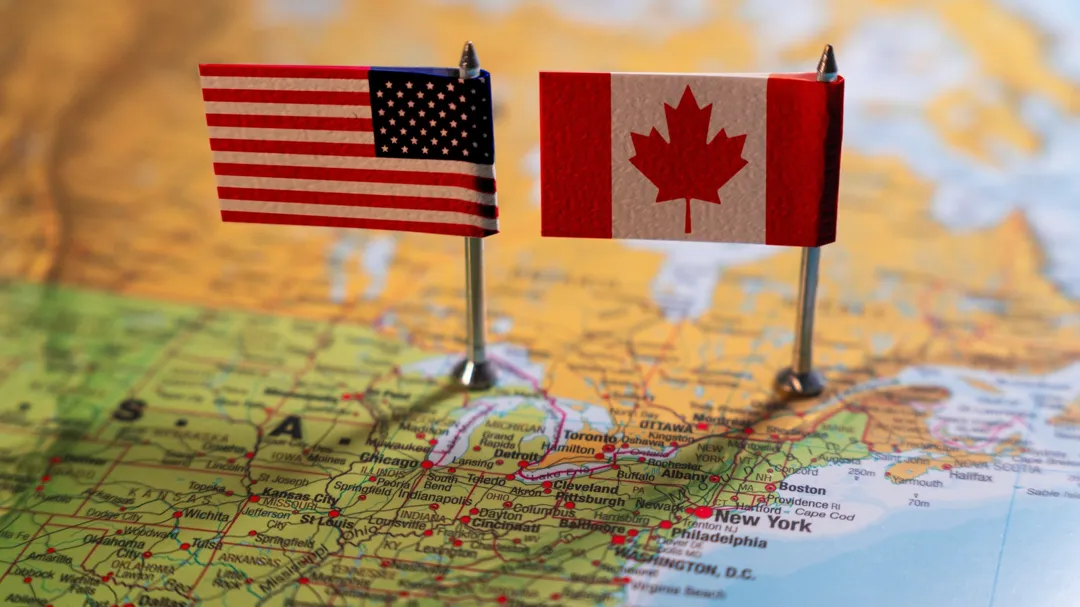
With Arctic Areas
The Arctic is an area of particular interest for Canada, where it interacts with Scandinavian countries and Russia.
The world is watching governance and the environment of the region closely, as climate change opens up new sea routes.
Canada and these other countries are working together to safeguard their mutual interests and the fragile Arctic environment.
They’re talking and making agreements to make sure the region is governed peacefully and responsibly.
With Francophone
Canada shares rich cultural and diplomatic ties with France, as well as other French-speaking nations.
The relationship is built on the common linguistic and cultural ties that the countries share (especially within Quebec, which on its own has a very strong identity with France).
Canada and France interact through numerous cultural exchanges, economic agreements, and political conversations, and they both help promote and organize events such as the Francophonie Summit.
The relationship is key in protecting and celebrating Canada’s French heritage and in aiding its global reach.
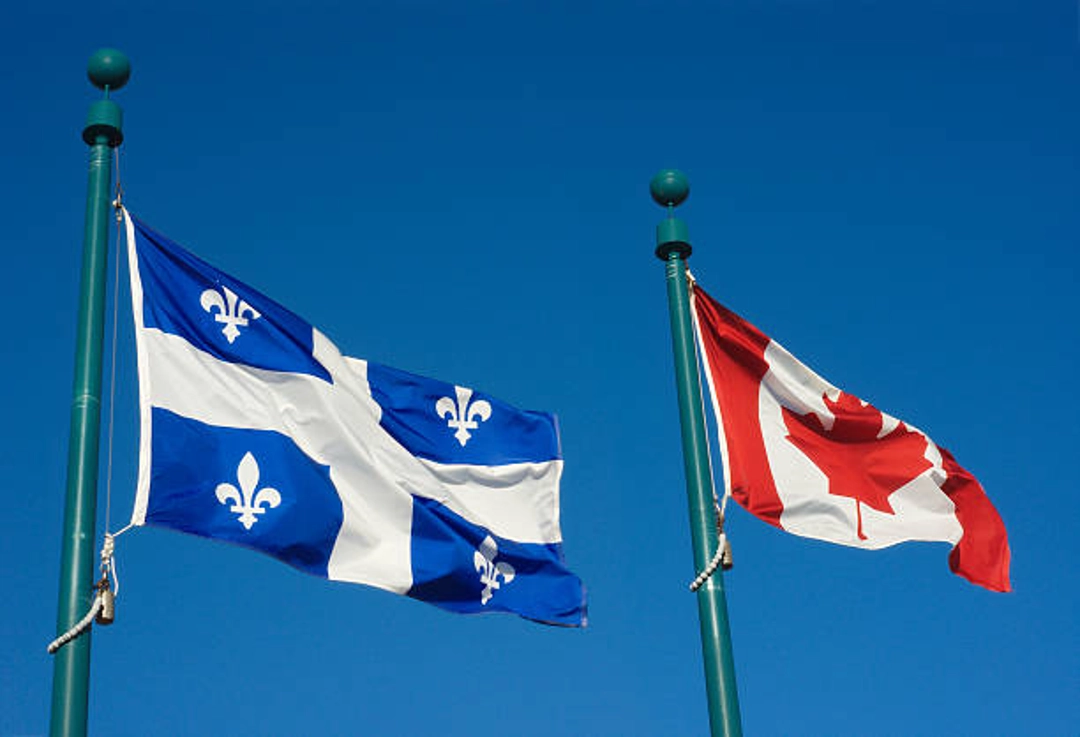
Canadian Festivals
1. Canada Day
Canada Day also takes place annually on July 1st. It’s almost like a huge nationwide birthday celebration.
Citizens of Canada go wild with fireworks, parades, and concerts, celebrating nationwide.
Whether you’re out grilling with some friends or have set up a spot to watch the fireworks, it’s a time of celebration and one-ness for the country.
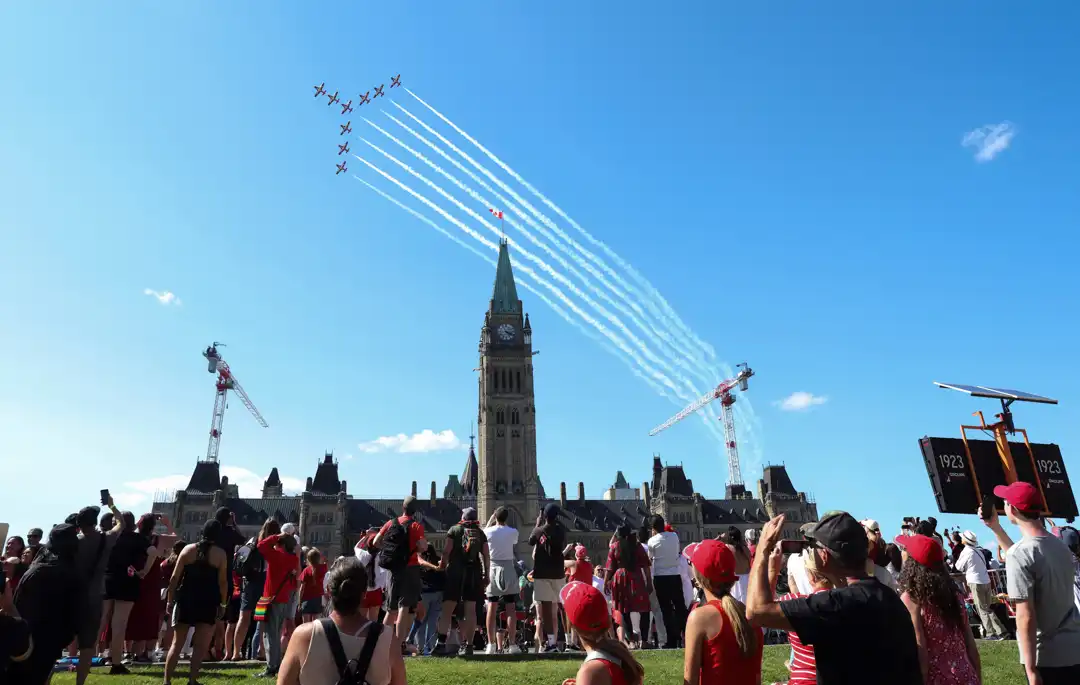
2. Saint-Jean-Baptiste Day
St. Jean Baptiste Day on June 24 is Quebec’s biggest holiday — it’s actually a legal holiday there.
It’s a cultural celebration featuring parades, fireworks, concerts, and all sorts of activities to honor Francophone culture. They are very proud of their day.
3. National Indigenous Peoples Day
National Indigenous Peoples Day, on June 21, commemorates the heritage, cultures and contributions of First Nations, Inuit and Métis adults and children throughout the country.
It’s a time to promote awareness, understanding, and positive ways of engaging with Indigenous peoples who have played important roles in shaping the future of the nation.
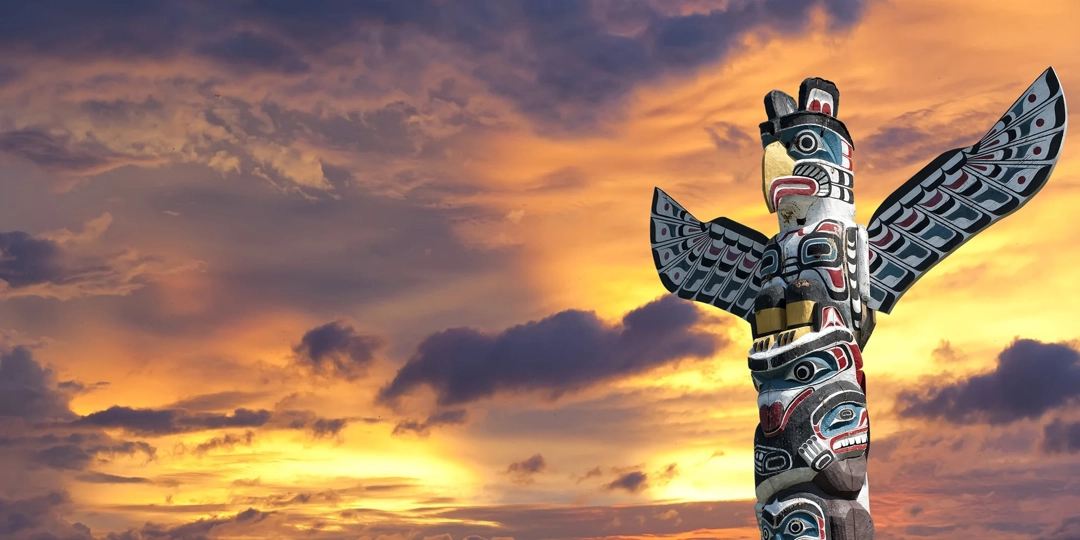
4. Victoria Day
Victoria Day is a holiday on the Monday before May 25.
It is to celebrate Queen Victoria’s birthday and a time period when Canada was part of the British Empire.
Locally, it marks the first “summer” long weekend, with lots of fireworks and other outdoor activities taking place.
The weekend has been dubbed the May two-four and is a historic weekend that’s part of a summer-long celebration for Canadians.
FAQ
1. What is a Dominion?
A Dominion is a half-self-governing polity within the British Empire. That’s a fancy way of almost what Canada was kinda’ after 1867.
2. What are the main geographic features of Canada?
With its diverse landscapes, including forests, prairies, mountains, and tundra, Canada.
3. What significant events happened during the 20th century in Canada?
Canada fought World Wars I and II, achieved legislative independence in 1931 and Constitution patriation in 1982.
4. What are some challenges faced by Indigenous communities?
Challenges stem from colonization: missionaries, residential schools, systemic injustices.
Conclusion
Reflecting on the past, it is clear that some Canadian individuals and groups have had a significant influence on the larger global community.
Whether it was during times of war or times of prosperity and peace, Canada has played a role.
As Canada presently looks toward the future, the words of inclusivity, collective work and collaboration, and respect for its history will undoubtedly shape the chapter that it is writing for its people and the world.
This history is not just of the past, but in the present and future, with an ongoing impact on the country’s place in the world.
